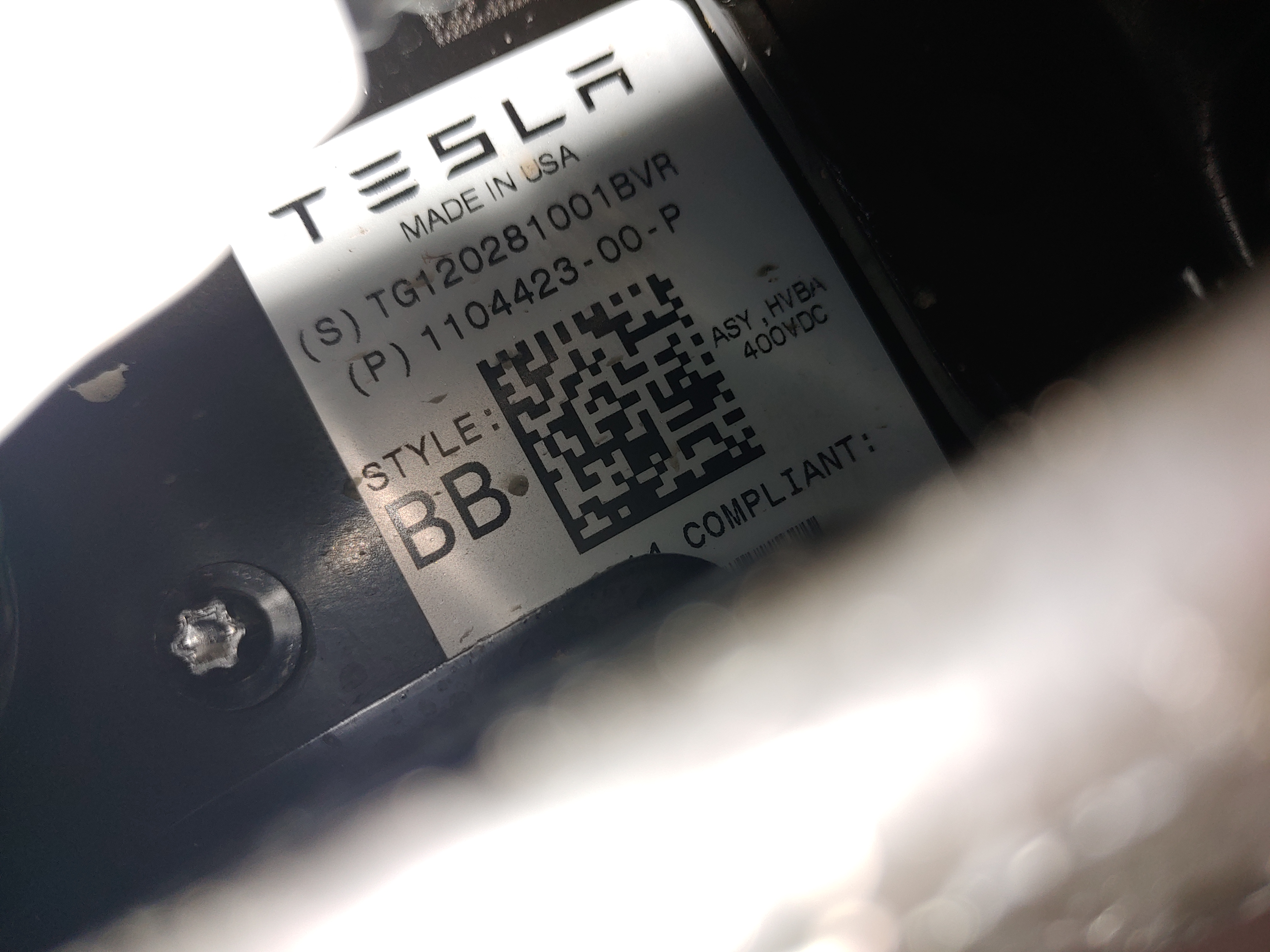AlanSubie4Life
Efficiency Obsessed Member
Excellent info; thank you. On the 'budget' issue, I guess you mean for a new battery pack... which makes sense. And I just thought of one last question on that subject: Does the battery pack have a life of 'x' amount of years, or 'y' amount of miles, whichever occurs first, or it's just miles that drive down battery capacity? I ask because that car would probably see about 6K miles per year. Need to take that cost into account, if we'd have to replace the pack, let's say, every 10 years, regardless of mileage. By the way, how much is to change a pack now, labor included? Thank you again for your excellent and prompt replies.
I didn't mean budget in terms of cost. I meant budget in terms of the type/distance drives you plan to do. Specifically, don't plan out some super marginal trip pushing the envelope that you want to make in your brand new Model 3 and plan to still be able to do it after two years. You're very likely going to see capacity loss: count on it and plan accordingly. And be pessimistic about what you expect. That way you won't be disappointed.
This is getting off-topic, but just to wrap this up.
It's about $15k for an LR pack replacement at the current time.
The warranty is 8-year, 120k mile, with less than 30% capacity loss, for Model 3.
Vehicle Warranty
Both age and miles drive down capacity.
Empirically, it is common to lose a lot of capacity in the first year or two, and then the capacity loss slows down. The amount of capacity loss is quite variable. Some people have relatively little, others have a lot. I'm at about 7-9% capacity loss after 20k miles and two years, which is quite normal (though probably a little below average). The capacity loss does not appear to be strongly affected by how the battery is treated, though certainly it is possible to abuse a battery. These numbers all assume a battery that is treated well.




